The Quick Details

Title: Nosferatu
Release date: December 25, 2024
Directed by: Robert Eggers
Staring: Bill Skarsgård, Nicholas Hoult, Lily-Rose Depp, Aaron Taylor-Johnson, Emma Corrin, and Willem Dafoe
Summary: Nosferatu is a gothic tale of obsession between a haunted young woman and the terrifying vampire infatuated with her, causing untold horror in its wake. (https://www.focusfeatures.com/nosferatu/synopsis/)
Rating: R - Bloody violent content, graphic nudity and some sexual content
Genre: Horror/Mystery
How did I watch? At a Regal Theater on 27 December 2024 somewhere in the Carolinas
The Awesome Review
Content warning: this review discusses, non-explicitly, sexual violence and the finale of the movie which includes a sex scene relevant to the plot.
Nosferatu had a lot of buildup for me, and this remake did not disappoint. From excellent cinematography1 to splendid acting and direction that shows a true understanding of the original source material. Before I get too deep into my review, however, let me first step back and explain why this one was so big for me from the start.
The story of Count Dracula has been part of our popular culture for a very long time. From the time Bram Stoker wrote Dracula, the story of a vampire’s evil machinations to claim the lives of humans has fascinated humankind. We have countless variations and retellings at our fingertips, some more faithful to the source material than others, but all evoking aspects of that original tale.
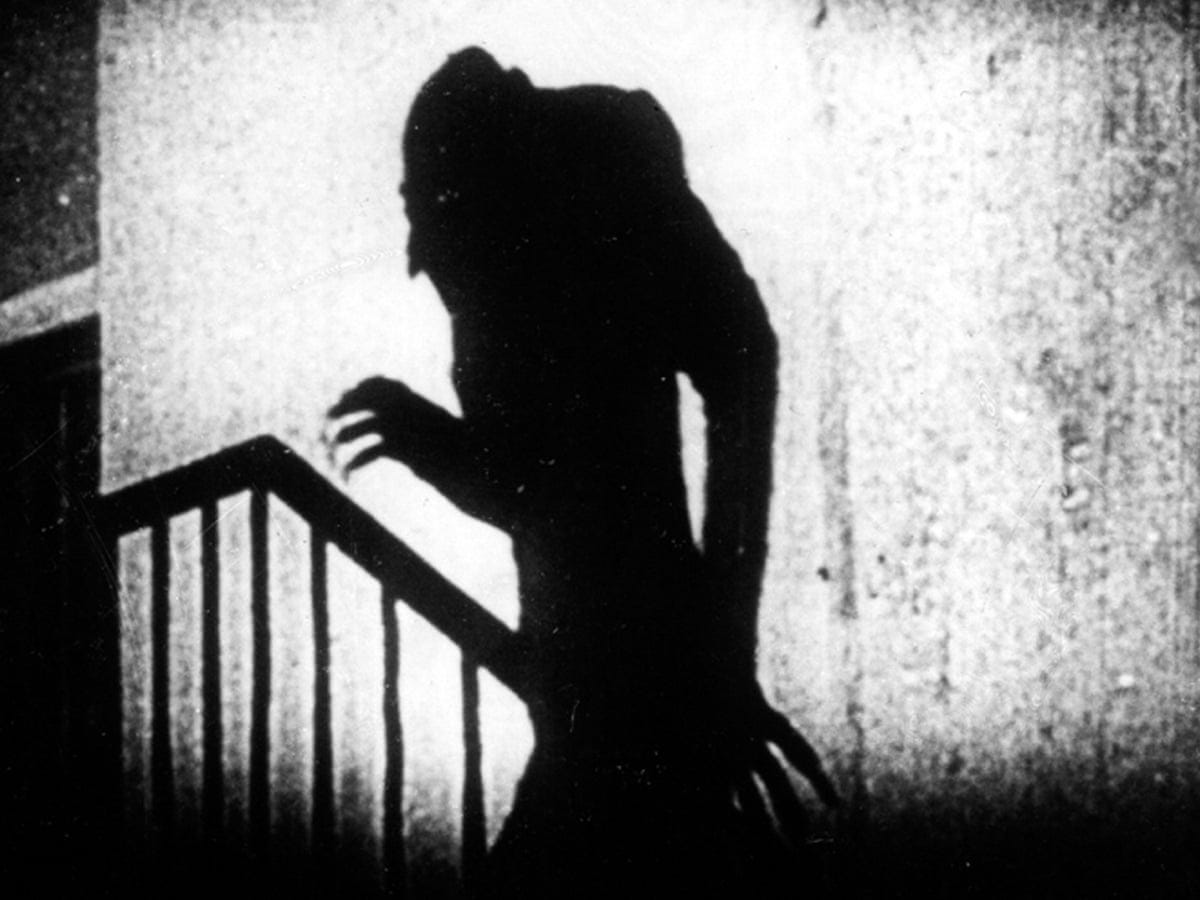
It is only in the past couple of years that I finally sat down and read Dracula2. That story deserves a review all its own here on Everything is Awesome, as it has become one of my favorite novels. But prior to reading that, the first real Dracula/Dracula adjacent film I recall watching was the 1922 silent film Nosferatu: A Symphony of Horror. This film was an unauthorized remake of Dracula, which the original inter titles acknowledged. The filmmakers changed many of the names and locations to better target their audience. The German filmmakers were making the movie for German audiences, and wanted to make the story feel more personal to the German people. The courts ordered the film destroyed because of copyright infringement, but miraculously several copies survived and historians were able to restore this timeless masterpiece so we can enjoy it today.
I was in college and participated in the humanities department’s regular classic movie nights. Nosferatu blew me away. Nearly 100 years after it’s making, the horror of that silent film wasn’t quite as scary as I imagine it had been when initially released, but it was a groundbreaking film that has helped build the horror genre into what it is today. I was captivated by the story, the attempts to throw off the evil of Nosferatu, the ultimate sacrifice that had to be made to save everyone. Dracula is a timeless story of love and sacrifice; Nosferatu (1922) is a timeless production that, if you haven’t seen, you should definitely go watch.
This new version of Nosferatu changes some aspects of the film (for better or for worse as will be discussed), but the essence of the story is the same. The story truly begins when Thomas Hutter is sent to Count Orlok in Transylvania to finalize the sale of a local manor.
This is where the true majesty of the cinematography begins. Before Thomas even reaches Count Orlok’s castle, the camera angles begin shifting. The perspectives feel slightly off, and the audience is unable to get a full view of everything that’s going on. This adds to the sense of unease and foreboding already being conveyed through the story itself.
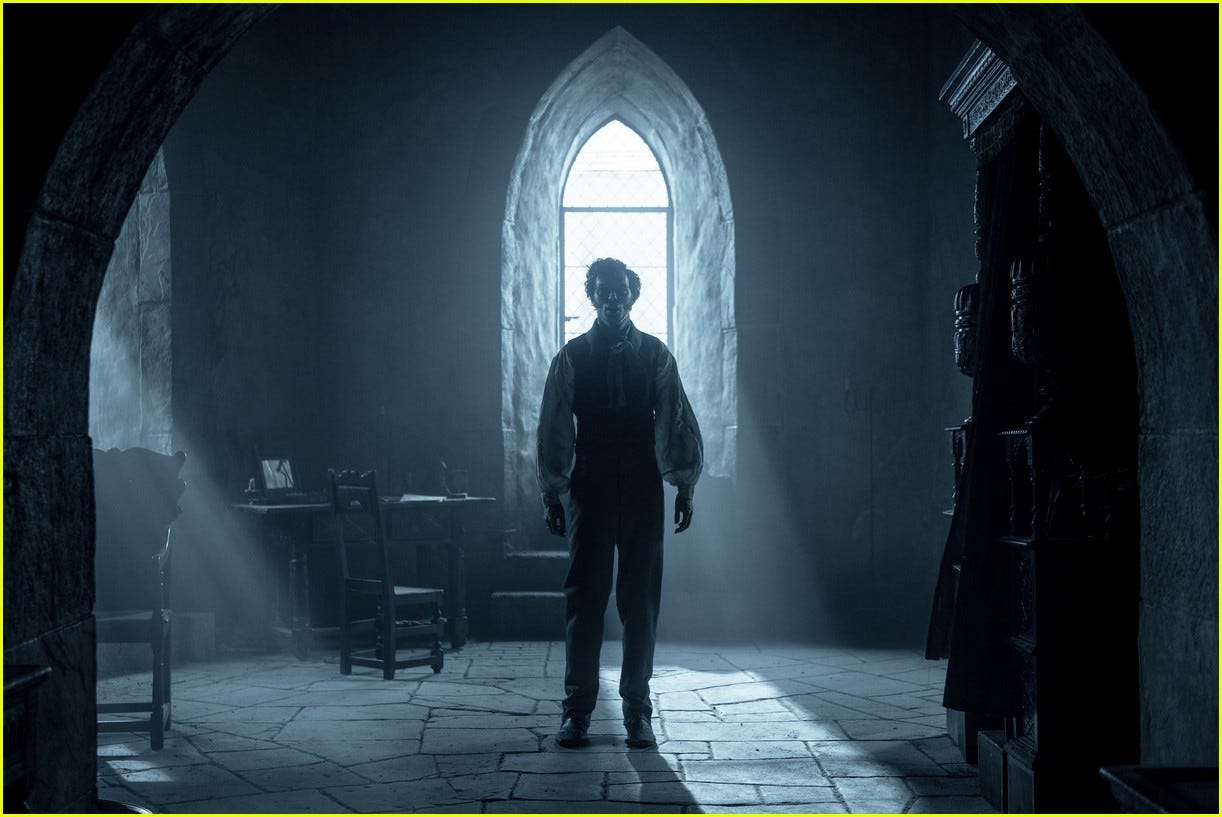
The story of Dracula conveys a sense of confusion at this point of the story. Jonathan Harker (the Thomas character in Nosferatu) doesn’t fully understand what is happening to him. Time seems to dilate and unexplainable things keep happening. That feeling of confusion can be difficult to convey in a film where the audience can see clear pictures of what is happening. You can’t obfuscate events with words. However, Nosferatu’s cinematography captures this feeling perfectly. The unease throughout this part of the film is palpable, the sense of foreboding, the lack of understanding, it all adds to the true horror of this nightmare Thomas has walked into. Jarin Blaschke, the film’s cinematographer, should be celebrated for this remarkable achievement.
And the beauty of the colors, camera angles, and shot alignment isn’t just limited to this part of the film, though this is where it truly shines. The entirety of the film feels so intentional. If the cinematography had been done any other way, this film would not have been half as good. It truly caries the tension throughout the film as Count Orlok moves to Thomas’ city and unleashes death upon the people.
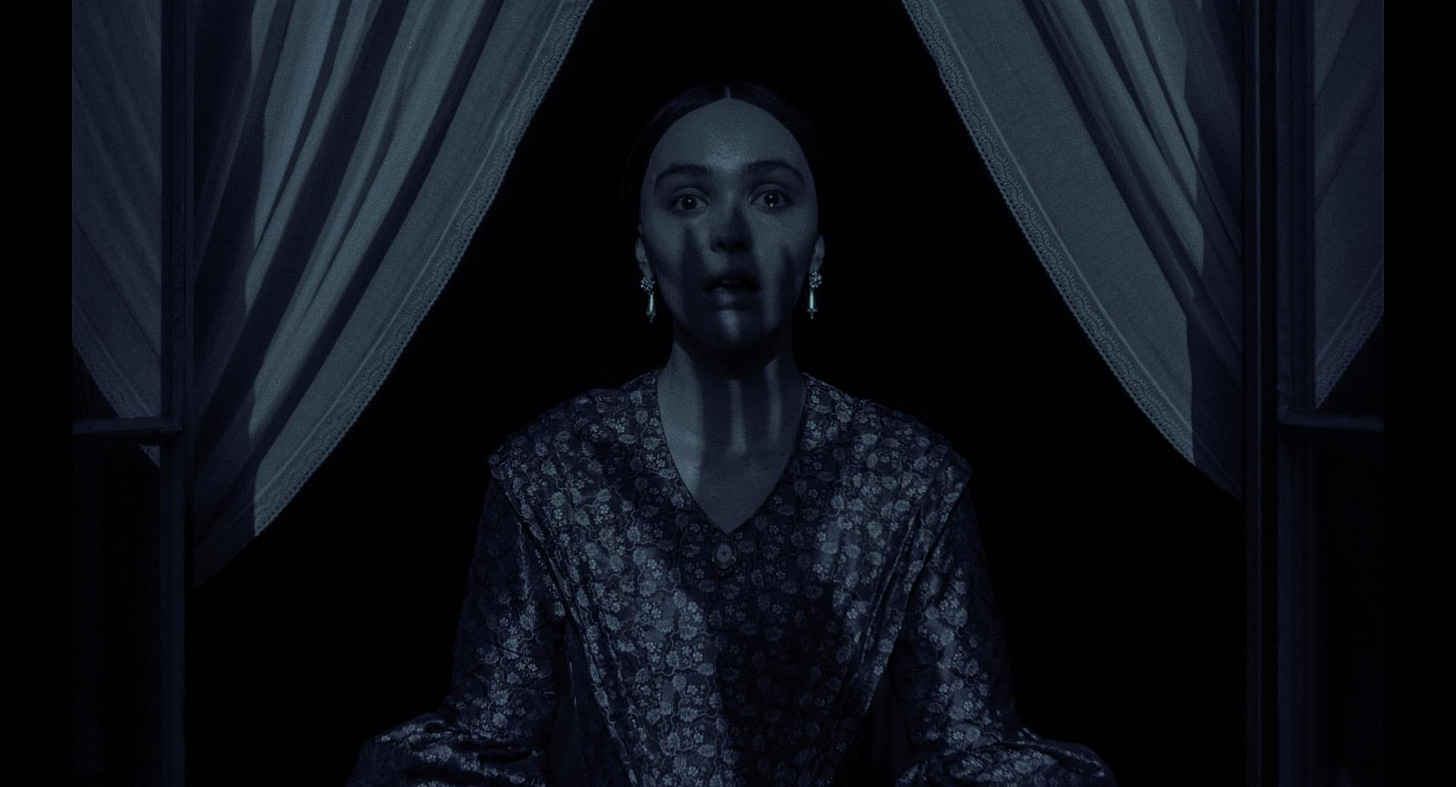
The acting throughout the film was also exceptional, which is unsurprising given the great cast. Each character felt real and authentic. Their hopes and fears and tragedies all felt natural in the story and conveyed realistically, which can only happen when the actors genuinely understand what their characters are going through. From Bill Skarsgård’s evil creepiness to Lily-Rose Depp’s darkness mixed with innocence, Willem Dafoe’s strong wisdom, Nicholas Hoult’s persistence, Aaron Taylor-Johnson’s understandable denial, and Emma Corrin’s loving nature, the cast builds an incredible ensemble that carries this story beyond the delivery of simple words. They work beautifully in tandem to truly create the original’s subtitle: a symphony of horror.
As I alluded to previously, there are a handful of changes made to this remake that, in some instances, enhanced the story and film, while others detracted from it.
For me, one of the major detractors was how the vampire sucked the blood of his victims. Rather than the typical bite to the neck, as was portrayed in the original Nosferatu and Bram Stoker’s novel, this film portrays the bite on the chest just above the abdomen. The visualization of such a bite may portray a greater harm, a glimpse at the true insidious nature of the vampire; however, biting the chest is wildly impractical. The generally flat surface would make it incredibly difficult for a mouth to open wide enough to effectively bite. But beyond that, the neck has major arteries that can provide a vast blood supply, while the surface of the chest is somewhat lacking in that area. This attempt at what I imagine was an attempt at uniqueness in the telling of the story fell a bit flat for me and ultimately felt incongruous and unnecessary.
The other major detractor for me, was the overtone of sexual violence associated with the vampire. The film portrays Ellen, Thomas’ wife, as having given herself sexually to Nosferatu’s spirit from a young age. This is likely to explain why Count Orlok is obsessed with Ellen in particular, beyond her natural beauty, but comes across as forced. Ellen mentions never feeling loved, and she called upon some ancient evil to love her when she was young, which took on a sexual nature with the evil.
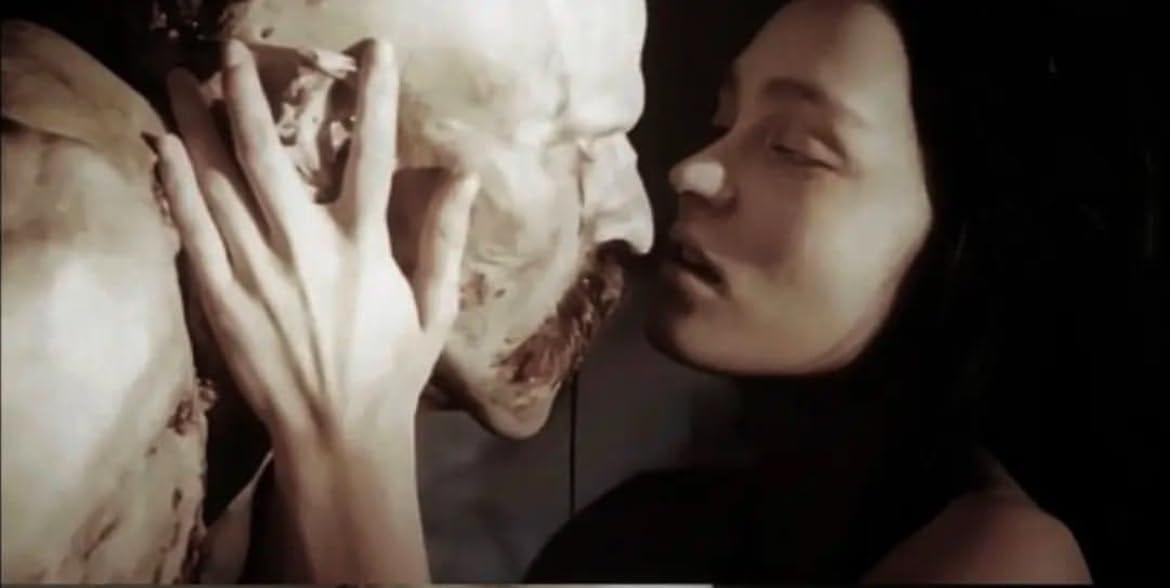
But looking at the portrayal of that evil in the film, I find it hard to imagine a young person so completely throwing herself at something so hideous and that leaves her plagued with nightmares. Which implies a sexual violence on the part of Nosferatu in a way that Ellen believes is consensual, but clearly isn’t.
This, in turn, sets up the ending where she must have sex with Count Orlok in order to distract him until sunrise, which will cause him to burn and die. In the original silent film, Ellen selflessly sacrifices herself by allowing Nosferatu to suck her blood until sunrise. She knowingly gives into Nosferatu to save her husband and everyone else. It is selfless sacrifice at its most pure, honest form.
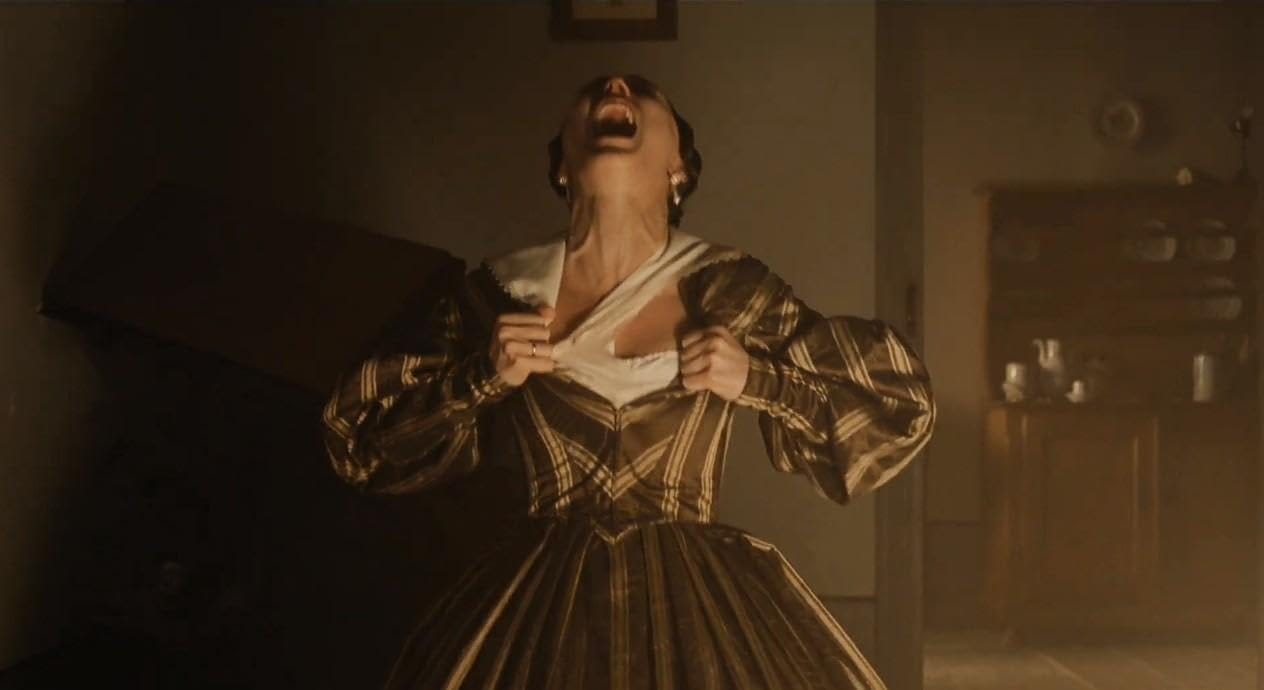
This new version seems to turn that sacrifice into a selfish act of sexual gratification with a monster. She initially tries to resist Nosferatu, but he comes and essentially coerces her to have sex with him to save everyone else. This sacrifice is diminished by the gratification she seems to get from Nosferatu’s sexual manipulation and violence. Like she is happy to be rid of her handsome husband and would rather die making love to a hideous, grotesque monster. The film did absolutely nothing to try and convince us of the appeal of Nosferatu that Ellen so clearly sees, so I was just left with a sense of confusion at the non-sacrifice sacrifice that saved the world.
These two changes failed to enhance the story in any meaningful way. It instead removed some of the artistry. It seemed to rely on sexual violence as a shock factor for horror rather than the truly disturbing horror of Nosferatu and the powerful countermeasure of self-sacrifice to save those we love. The ending of this remake fails to evoke the beauty found at the end of the silent film.
There were some changes, however, which I found greatly enhanced the story. Like the greater screen time given to Friedrich Harding and his wife, Anna. They, along with the inclusion of their children, do a great job at really humanizing the horrors befalling the town and drives home the true risks of Count Orlok’s presence.
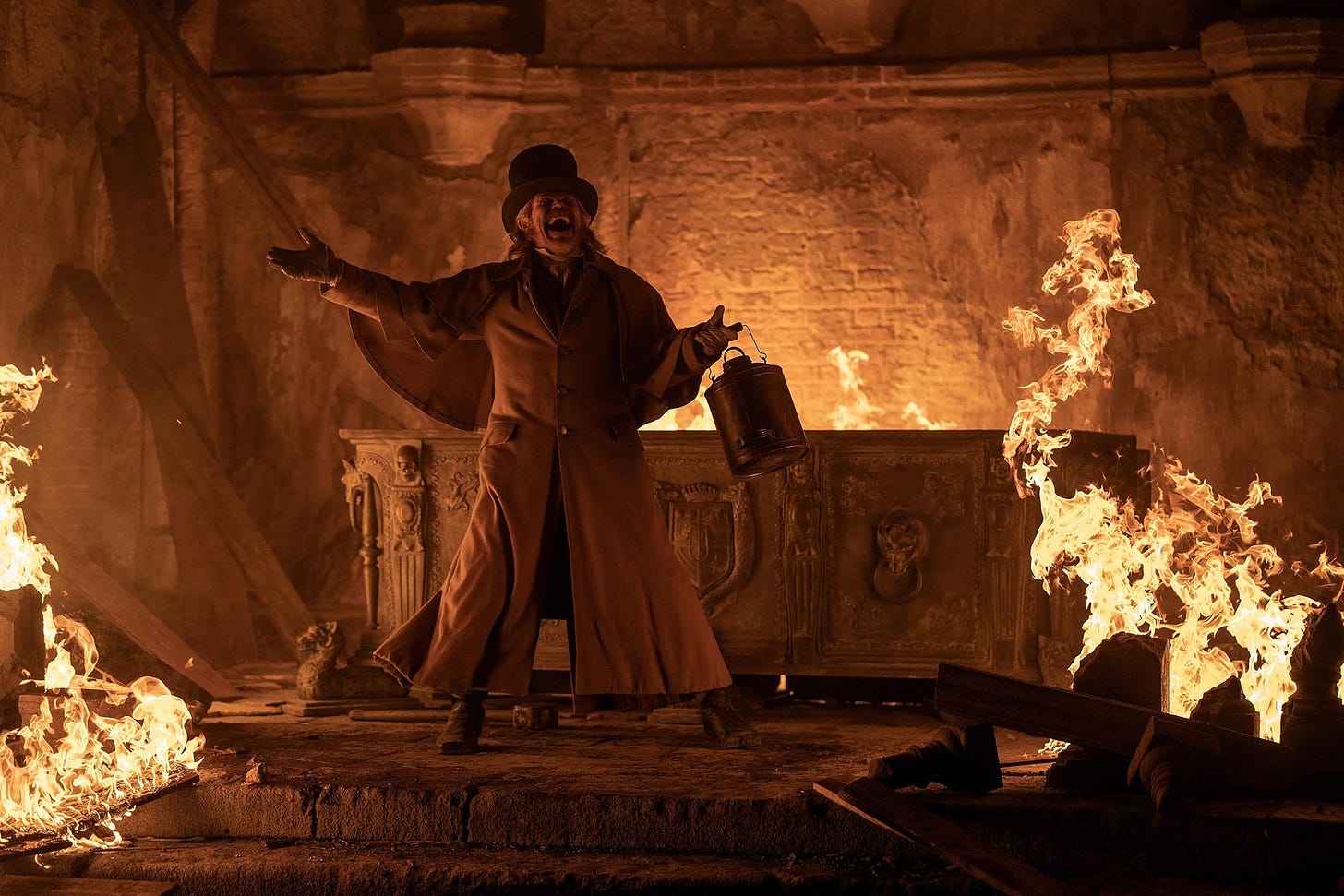
The other addition of Willem Dafoe’s character, Professor Albin Eberhart Von Franz, drives the plot forward with knowledge and gumption. He much more closely reflects Van Helsing from the original Dracula, who is essential in ultimately coming to understand the true nature of Nosferatu and how he can be defeated. But Von Franz is not a monolithic sage, he doesn’t know everything. His character drives the mystery aspect of the film, which is very fun and engaging (with plenty to scare us and maintain the tension).
Overall, I really enjoyed this adaptation. At the end of the day, I think I prefer the silent film overall, but Nosferatu (2024) is a beautiful crafted film that is definitely worth watching. I walked out of the theater feeling truly shaken by the scariness of the film, a feeling I imagine the original German audience must have felt in 1922. I was pleasantly surprised that a new film of such an old story was able to capture and invoke such a strong feeling. This speaks to Robert Eggers’ remarkable direction.

If you aren’t into horror or vampires, this movie probably isn’t for you. You should also be aware of some of the graphic content, if you are sensitive to that: there are a couple scenes of full frontal nudity of both men and women. No genitals are explicitly scene, but the groin area (including briefly pubic hair) and female breasts are visible. There is also some horror violence, including a man biting off the head of a living bird. For more details on content, see the Kids-in-Mind review.
Overall I would gladly recommend this movie to any horror lovers3. I found it engaging, fun, and (expectedly) horrifying. It was beautifully crafted, expertly told, and is certified awesome!
I would argue award-worthy cinematography, but my preferences rarely align with those making those kinds of awardish decisions so it remains to be seen haha
Or rather stood up and went running while listening to a phenomenal audiobook of the story 🏃♂️
I also strongly recommend you go check out the original 1922 silent film. It is well worth the watch!


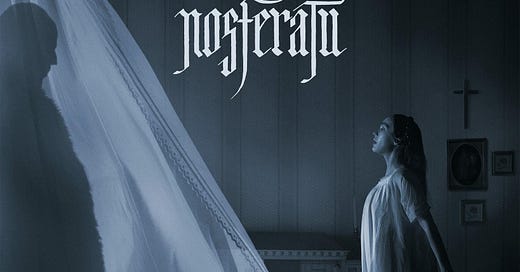


I’m convinced! I’ll skip this one.